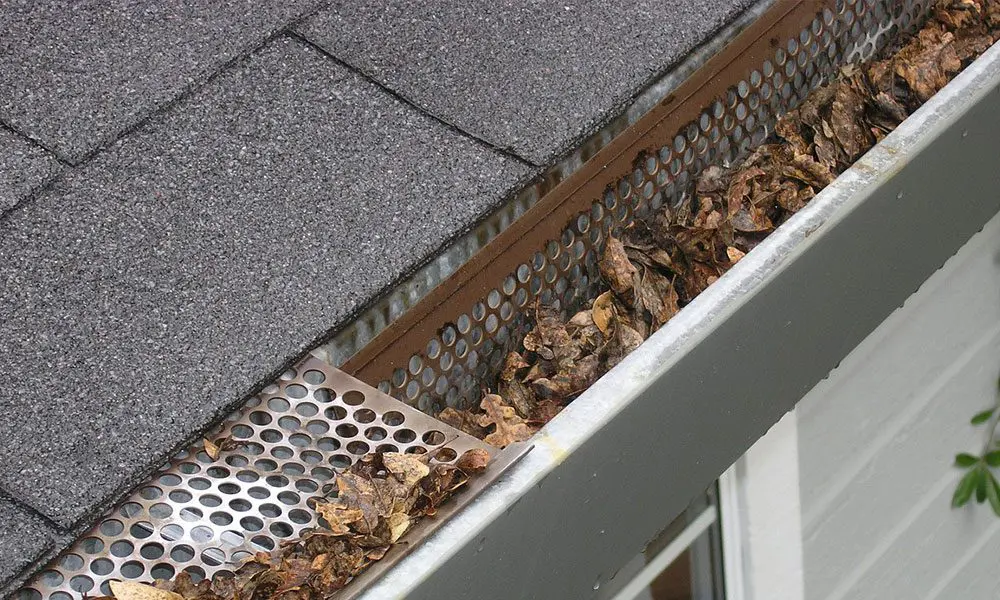
Gutters may seem like a humble part of your home’s exterior, but they play a crucial role in protecting your property from water damage. In Naperville, where weather conditions can vary dramatically throughout the year, keeping your gutters in top condition is especially important. However, like any other component of your home, gutters can encounter various issues over time. In this blog post, we’ll explore some of the common gutter problems faced by Naperville homeowners and discuss how to address them effectively.
Clogged Gutters: One of the most prevalent issues homeowners encounter is clogged gutters. Leaves, twigs, dirt, and other debris can accumulate in the gutters, obstructing the flow of water. In Naperville, where autumn brings vibrant foliage, keeping gutters clear can be particularly challenging. Clogged gutters can lead to water overflow, which can damage your roof, siding, and foundation.
Solution: Regular gutter cleaning is key to preventing clogs. Consider scheduling seasonal maintenance to remove debris and ensure proper water flow. Additionally, installing gutter guards can help minimize the accumulation of debris, reducing the frequency of cleanings.
Sagging Gutters: Over time, gutters can begin to sag or pull away from the fascia board. This issue is often caused by the weight of debris or inadequate gutter installation. Sagging gutters not only detract from your home’s appearance but also compromise their functionality, leading to improper drainage.
Solution: Reinforcing sagging gutters with hangers or brackets can provide additional support and prevent further damage. If the problem persists, it may be necessary to replace sections of the gutter system or realign them for proper slope.
Leaks and Corrosion: Exposure to moisture and debris can cause gutters to develop leaks or corrosion, especially along seams and joints. In Naperville, where precipitation levels fluctuate throughout the year, leaks can exacerbate water damage and compromise the integrity of your home’s structure.Solution: Inspect gutters regularly for signs of leaks or corrosion, such as water stains or rust spots. Address minor leaks promptly by sealing them with waterproof caulk or epoxy. For extensive corrosion, consider replacing affected sections of the gutter system to prevent further deterioration.
Ice Dams: During cold winters in Naperville, ice dams can form along the edges of roofs, blocking the flow of melted snow and ice. When ice dams occur, water can back up under the shingles and seep into the attic, causing water damage and mold growth.
Solution: Proper insulation and ventilation in the attic can help prevent ice dams by maintaining consistent roof temperatures. Additionally, installing heat cables along the roof’s edge can help melt snow and ice, preventing the formation of dams. Regularly removing snow buildup from the roof can also reduce the risk of ice dam formation.
Downspout Issues: Downspouts are essential for directing water away from your home’s foundation. However, they can become clogged or damaged over time, hindering proper drainage. In Naperville, where heavy rainfall is common, malfunctioning downspouts can lead to basement flooding and structural damage.
Solution: Inspect downspouts regularly for clogs or obstructions, and clear them as needed. Ensure that downspouts extend at least 3 to 4 feet away from the foundation to direct water away from the house. Consider installing downspout extensions or splash blocks to further prevent water accumulation near the foundation.
By addressing these common gutter problems proactively, Naperville homeowners can safeguard their properties against water damage and prolong the lifespan of their gutter systems. Whether you tackle gutter maintenance yourself or enlist the help of professionals, investing time and effort into gutter care is essential for preserving the integrity and value of your home. If you need assistance with gutter repair, replacement, or maintenance, don’t hesitate to reach out to our team of experts. We’re here to help you keep your gutters in optimal condition year-round.